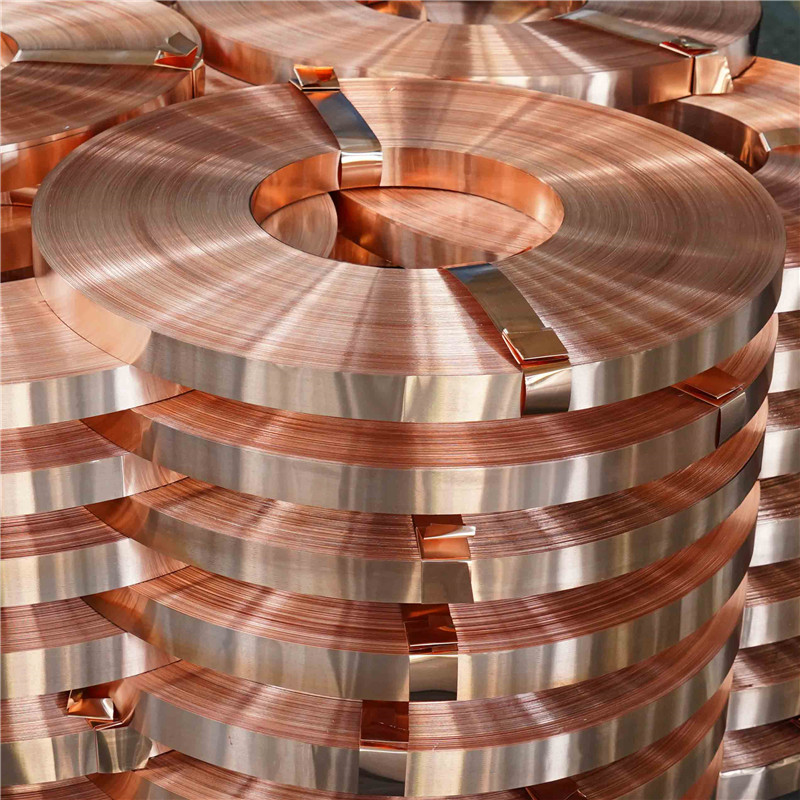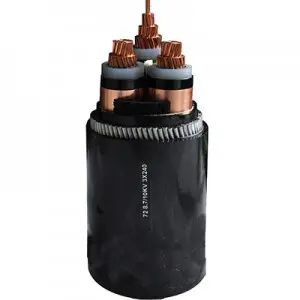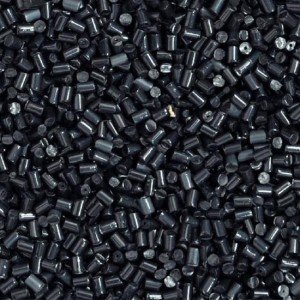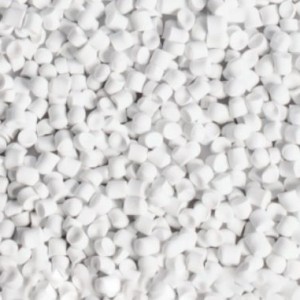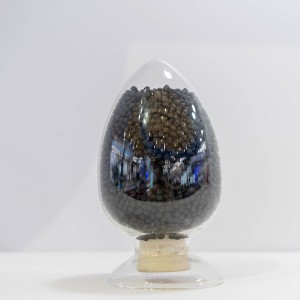
Məhsullar
Mis lent
Məhsulun təqdimatı
Mis lent yüksək elektrik keçiriciliyi, mexaniki dayanıqlığı və yaxşı emal performansı ilə bükülmə, uzununa bükmə, arqon qövs qaynağı və kabartma üçün uyğun olan kabellərdə istifadə olunan çox vacib xammallardan biridir. O, orta və aşağı gərginlikli elektrik kabellərinin metal qoruyucu təbəqəsi kimi istifadə oluna bilər, normal iş zamanı kapasitiv cərəyanı keçir, həmçinin elektrik sahəsini qoruyur. elektromaqnit müdaxiləsinə müqavimət göstərən və elektromaqnit siqnalının sızmasının qarşısını alan nəzarət kabellərinin, rabitə kabellərinin və s. qoruyucu təbəqə kimi istifadə edilə bilər; o, həmçinin koaksial kabellərin xarici keçiricisi kimi istifadə edilə bilər, cərəyan ötürülməsi üçün bir kanal rolunu oynayır və elektromaqnit qoruyur.
Alüminium lent / alüminium lehimli lentlə müqayisədə, mis lent daha yüksək keçiriciliyə və qoruyucu performansa malikdir və kabellərdə istifadə olunan ideal qoruyucu materialdır.
xüsusiyyətləri
Təqdim etdiyimiz mis lent aşağıdakı xüsusiyyətlərə malikdir:
1) Səthi hamar və təmizdir, qıvrılma, çatlama, soyulma, buruq və s kimi qüsurlar yoxdur.
2) Bükmə, uzununa bükmə, arqon qövs qaynağı və kabartma ilə emal üçün uyğun olan əla mexaniki və elektrik xüsusiyyətlərinə malikdir.
Ərizə
Mis lent orta və aşağı gərginlikli elektrik kabellərinin, idarəetmə kabellərinin, rabitə kabellərinin və koaksial kabellərin metal qoruyucu təbəqəsi və xarici keçiricisi üçün uyğundur.
Göndərmə Giriş
Çatdırılma zamanı malların zədələnməməsini təmin edəcəyik. Çatdırılmadan əvvəl, müştərinin heç bir problem olmadığından və daşınma zamanı hər şeyin təhlükəsiz olmasını təmin etmək üçün malların getdiyindən əmin olmaq üçün video yoxlama aparmasını təşkil edəcəyik. Biz də prosesi real vaxt rejimində izləyəcəyik.
Texniki Parametrlər
| Maddə | Vahid | Texniki parametrlər | |
| Qalınlıq | mm | 0,06 mm | 0,10 mm |
| Qalınlığa dözümlülük | mm | ±0,005 | ±0,005 |
| Genişlik tolerantlığı | mm | ±0,30 | ±0,30 |
| ID/OD | mm | Tələbinə görə | |
| Dartma Gücü | Mpa | ≥180 | >200 |
| Uzatma | % | ≥15 | ≥28 |
| Sərtlik | HV | 50-60 | 50-60 |
| Elektrik müqaviməti | Ω·mm²/m | ≤0,017241 | ≤0,017241 |
| Elektrik keçiriciity | %IACS | ≥100 | ≥100 |
| Qeyd: Daha çox spesifikasiya, lütfən, satış heyətimizlə əlaqə saxlayın. | |||
Qablaşdırma
Mis lentin hər bir təbəqəsi səliqə ilə düzülür və ekstruziya və nəmin qarşısını almaq üçün hər təbəqə arasında bir qabarcıq təbəqəsi və quruducu var, sonra nəmə davamlı film torbası qatını sarın və taxta qutuya qoyun.
Taxta qutu ölçüsü: 96sm*96sm *78sm.
Saxlama
(1) Məhsul təmiz, quru və havalandırılan anbarda saxlanılmalıdır. Məhsulların şişməsi, oksidləşməsi və digər problemlərin qarşısını almaq üçün anbar havalandırılmalı və sərin olmalı, birbaşa günəş işığından, yüksək temperaturdan, ağır rütubətdən və s.
(2) Məhsul turşu və qələvi kimi aktiv kimyəvi məhsullar və yüksək rütubətli əşyalarla birlikdə saxlanılmamalıdır.
(3) Məhsulun saxlanması üçün otaq temperaturu (16-35) ℃, nisbi rütubət isə 70%-dən aşağı olmalıdır.
(4) Saxlama müddətində məhsul birdən aşağı temperatur zonasından yüksək temperatur sahəsinə keçir. Paketi dərhal açmayın, müəyyən müddət quru yerdə saxlayın. Məhsulun temperaturu yüksəldikdən sonra məhsulun oksidləşməsinin qarşısını almaq üçün qabı açın.
(5) Nəm və çirklənmənin qarşısını almaq üçün məhsul tamamilə qablaşdırılmalıdır.
(6) Saxlama zamanı məhsul ağır təzyiqdən və digər mexaniki zədələrdən qorunmalıdır.
Əlaqə





PULSUZ NÜMUNƏ ŞƏRTLƏR
ONE WORLD Müştərilərə Yüksək Keyfiyyətli Naqil və Kabel Matenalları və Birinci Klass Texniki Xidmətlər Təmin etməyə Sadiqdir
Maraqlandığınız Məhsulun Pulsuz Nümunəsini Tələb Edə Bilərsiniz.
Biz yalnız Sizin rəy bildirmək və məhsulun xüsusiyyətlərinin və keyfiyyətinin yoxlanılması kimi bölüşmək istədiyiniz Eksperimental Məlumatlardan İstifadə edirik, Sonra Müştərilərin Etibarını və Satınalma Niyyətini Təkmilləşdirmək üçün Daha Tam Keyfiyyətə Nəzarət Sistemini Yaratmaqda Bizə Kömək edirik.
Pulsuz Nümunə Tələb Etmək Haqqında Formanı Doldura Bilərsiniz
Tətbiq Təlimatları
1 . Müştərinin Beynəlxalq Ekspres Çatdırılma Hesabı Var Yükü Könüllü Ödənir ( Sifarişlə Yükü Qaytarmaq Mümkündür )
2 . Eyni qurum eyni məhsulun yalnız bir pulsuz nümunəsi üçün müraciət edə bilər və eyni qurum bir il ərzində 5-ə qədər müxtəlif məhsul nümunəsi üçün pulsuz müraciət edə bilər.
3 . Nümunə yalnız məftil və kabel fabriki müştəriləri üçün və yalnız istehsal sınaqları və ya tədqiqat üçün laboratoriya işçiləri üçündür.
NÜMUNƏ QABLAMA
PULSUZ NÜMUNƏ SORĞU FORMU
Zəhmət olmasa Tələb olunan Nümunə Spesifikasiyalarını Daxil Edin və ya Layihə Tələblərini Qısaca Təsvir edin, Biz Sizə Nümunələri Tövsiyə Edəcəyik
Formanı təqdim etdikdən sonra, doldurduğunuz məlumat məhsulun spesifikasiyası və ünvan məlumatını sizinlə müəyyən etmək üçün əlavə işlənmək üçün BİR DÜNYA fonuna ötürülə bilər. Və sizinlə telefonla da əlaqə saxlaya bilər. Zəhmət olmasa oxuyunMəxfilik SiyasətiƏtraflı məlumat üçün.

